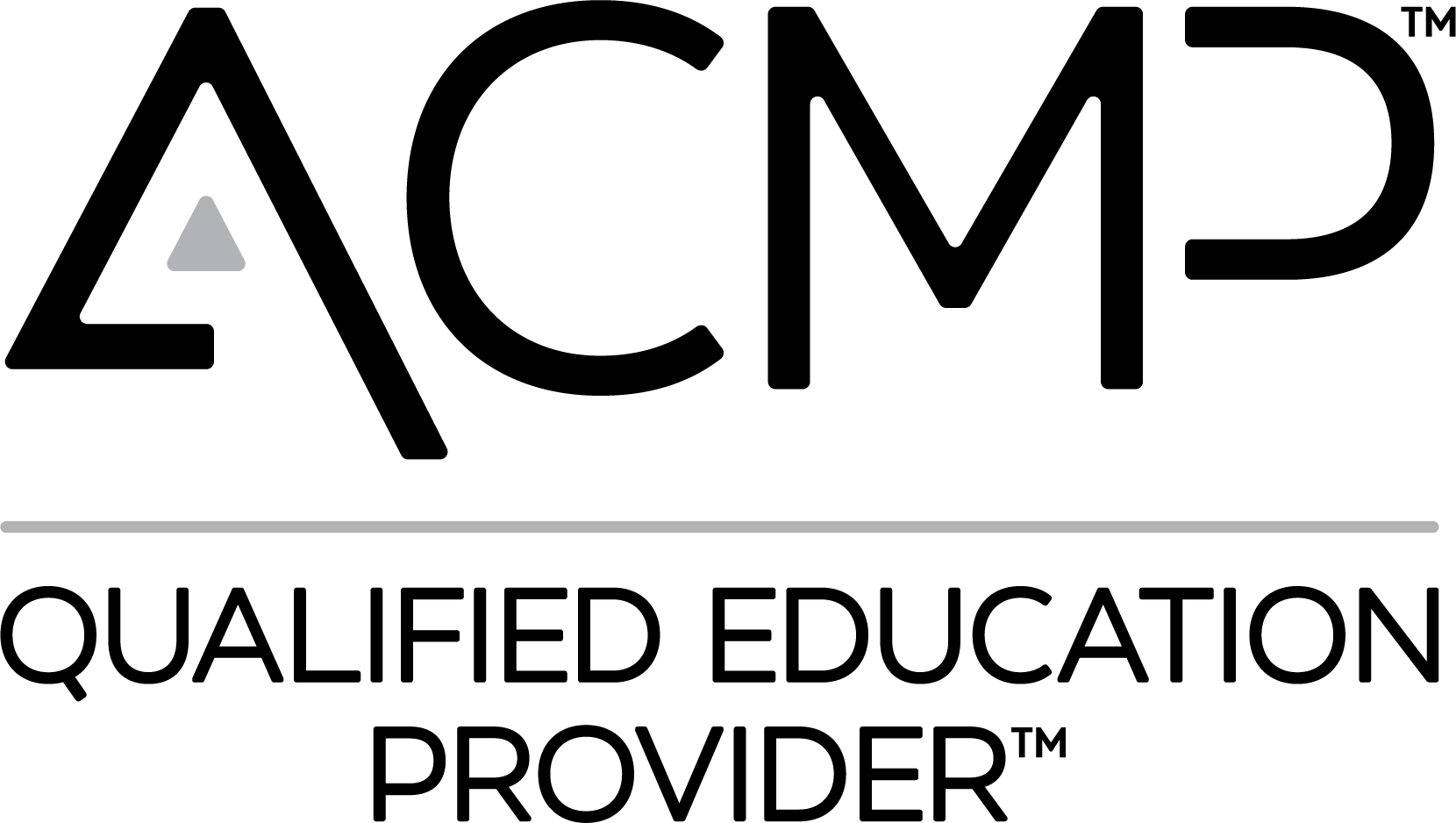Leading a team through organizational change isn’t just about processes and plans; it’s about people.
Whether it’s a company restructure, a shift in strategic direction, or a significant transformation, change can feel daunting. If you're feeling anxious about stepping into a leadership role during these times, you're not alone, and you're not without support.
At Change Enthusiasm Global, we work with leaders navigating the pressure, complexity, and emotional toll of change. In this guide, we’ll break down a proven roadmap to help you lead with clarity, empathy, and impact. These strategies have been used by executives in Fortune 100 companies facing massive transformation. And they work.
Let’s dive into what it really takes to lead your team successfully through change.
Step 1: Get Crystal Clear on the Vision
Key Insight: Your vision must include both the logic and the emotion behind the change.
One of the most powerful lessons we’ve learned from senior executives is the importance of vision. In fact, a leader from a Fortune 100 company undergoing a multi-billion-dollar transformation once said her biggest regret was not clearly articulating the vision from the very start.
And we’re not just talking about metrics.
A compelling vision includes:
- The data and business rationale driving the change
- The emotional story—how this change will positively impact employees, customers, and the broader mission
A vivid picture of life after the change: what success looks and feels like
“When people connect emotionally to a vision, they’re far more likely to engage with the journey..”
Cassandra Worthy
Step 2: Embrace That Change is Difficult
Key Insight: Acknowledging difficulty builds trust and unity.
Change is hard. Sometimes that’s just the truth, and pretending otherwise doesn't serve anyone.
Another key learning from that same executive? She wished she had more openly embraced the emotional and logistical difficulty of change. When leaders acknowledge the challenge, they normalize the emotional responses their teams are experiencing (like fear, doubt, and stress) and foster a sense of togetherness. And they do it throughout the journey, not just when a change is introduced. It becomes part of their emotional cultural fiber, continually strengthening their change readiness.
Here’s how to do that well:
- Say the hard part out loud. Let your team know it’s okay to feel uneasy.
- Share your own challenges and mindset shifts. Vulnerability from leadership builds safety.
- Reassure your team that while the path may be tough, you’re committed to navigating it together.
- Ensure the actions above are your common practice. This work is never a ‘one and done’ in the face of constant change today.
Validation doesn’t weaken resolve—it strengthens it.
Step 3: Build a Two-Way Communication Strategy
Key Insight: Communication during change must go both ways.
Many change leaders know to communicate updates and progress from the top down. But the most effective leaders go further: they create intentional opportunities to listen.
A powerful example of this comes from a Fortune 100 company undergoing its largest transformation in decades. One change leader launched a series of “listening sessions”—open Zoom calls where employees could share what they were experiencing. Executives simply listened.
The result?
- High participation and deep vulnerability from employees
- Stronger emotional engagement in the change journey
- Actionable insights that were used to optimize the transformation
To implement two-way communication:
- Set up regular channels for feedback (e.g., listening sessions, anonymous surveys, digital suggestion boxes)
- Communicate what you’re hearing and how you’re using that feedback
- Make space for emotion, not just data
When employees feel heard, they feel valued and they show up differently.
Final Thought: Stay Open
Key Insight: Rigidity can kill momentum. Stay open to new ideas and better ways forward.
When you’re leading change, it’s easy to get laser-focused on execution. But don’t let your vision become a tunnel. Be willing to evolve how you lead, listen, and respond.
The best insights often come from the people closest to the work.
Let your team know their voices matter—not just during times of smooth sailing, but especially in times of uncertainty. Create safe spaces for ideas, feedback, and honest emotion. Your openness will spark innovation and deepen trust, accelerating your path to success.
Want More Tools to Lead Through Change?
We’ve got something for you.
Access a free keynote recording from Cassandra Worthy, delivered to leaders navigating massive internal transformation and external industry disruption. In it, she shares the strategies that drive emotional engagement and inspire growth—even through the most stressful change.

Leading Change Starts With Emotional Clarity
At Change Enthusiasm Global, we believe that effective change leadership begins not with a spreadsheet, but with a mindset. When leaders learn to harness the emotional energy of their teams—whether it’s fear, frustration, or uncertainty–they lay the foundation for genuine transformation.
Remember: your role isn't to have all the answers. It’s about listening, learning, leading with empathy, and continually growing.
Let’s change, together.
MORE
INSIGHTS
What To Do When You Get Laid Off: A Change Enthusiasm Guide
Getting laid off can feel devastating, but it doesn’t define your worth. Learn how to process the emotional impact, regain clarity, and move forward with five powerful self-guiding questions rooted in the Change Enthusiasm® mindset.
How to Navigate Constantly Changing Priorities at Work
Set Intentions, Not Destinations By Change Enthusiasm Global In today’s workplace, one thing is certain: priorities will shift-often without warning. Whether you work in healthcare, tech, retail, finance, or manufacturing, the expectation to rapidly pivot has become part of the modern professional experience. But here’s the truth that most organizations overlook: Frequent priority changes aren’t … Read more
How Leaders Influence Change: From Executive Sponsor to Executive Example
Leadership doesn’t just direct change—it signals it. Learn how to move beyond executive sponsorship into executive example, and use three influence tools (verbal, non-verbal, and actions) to enroll your entire organization in transformation.










